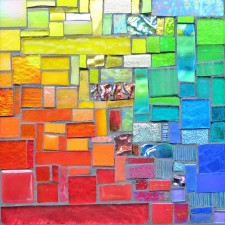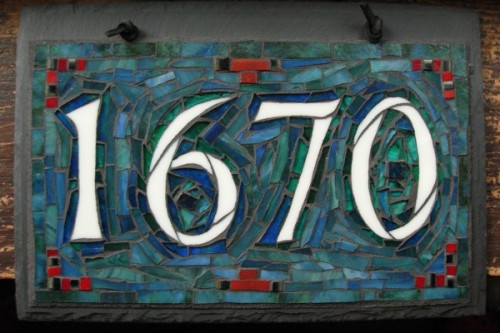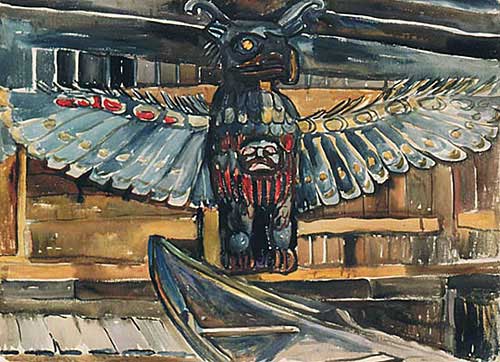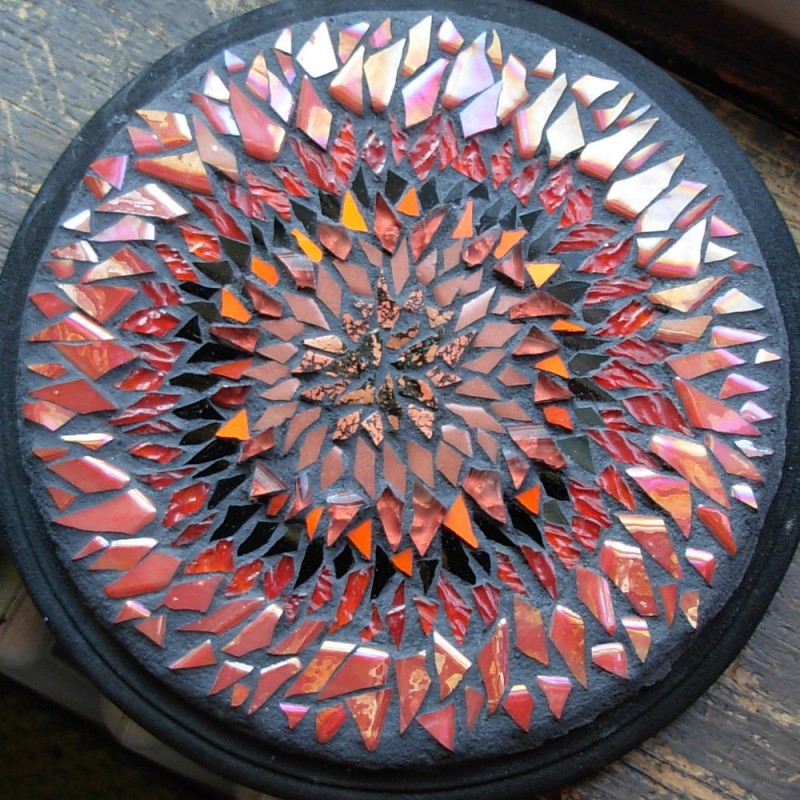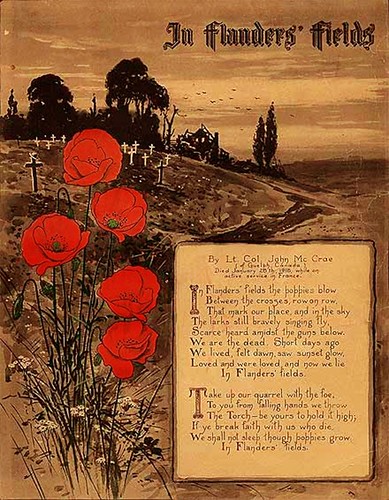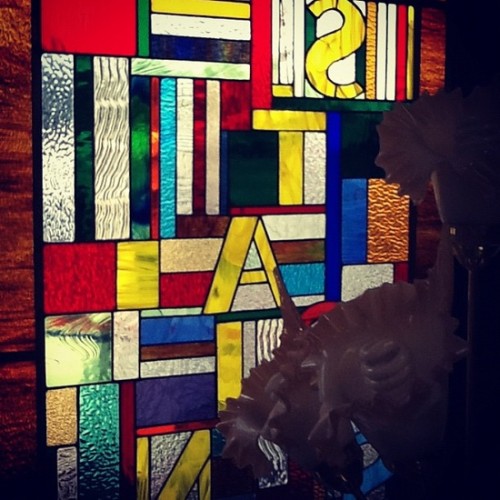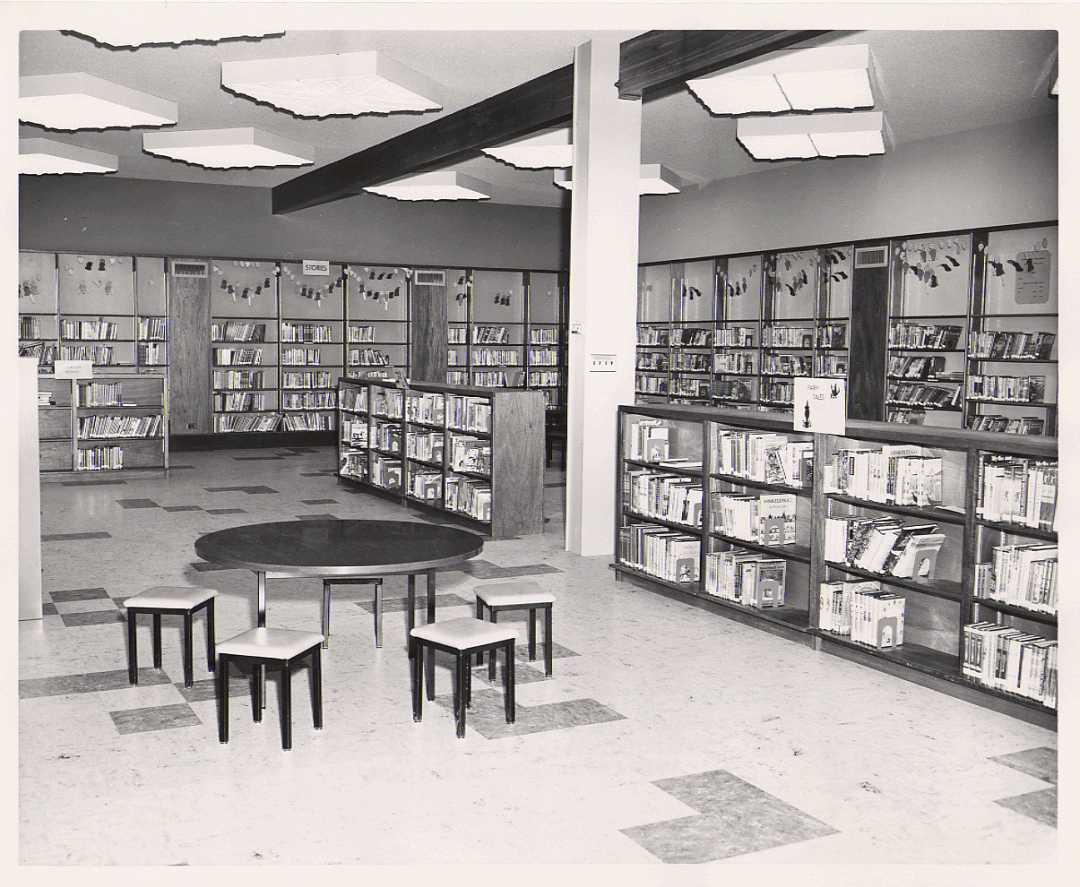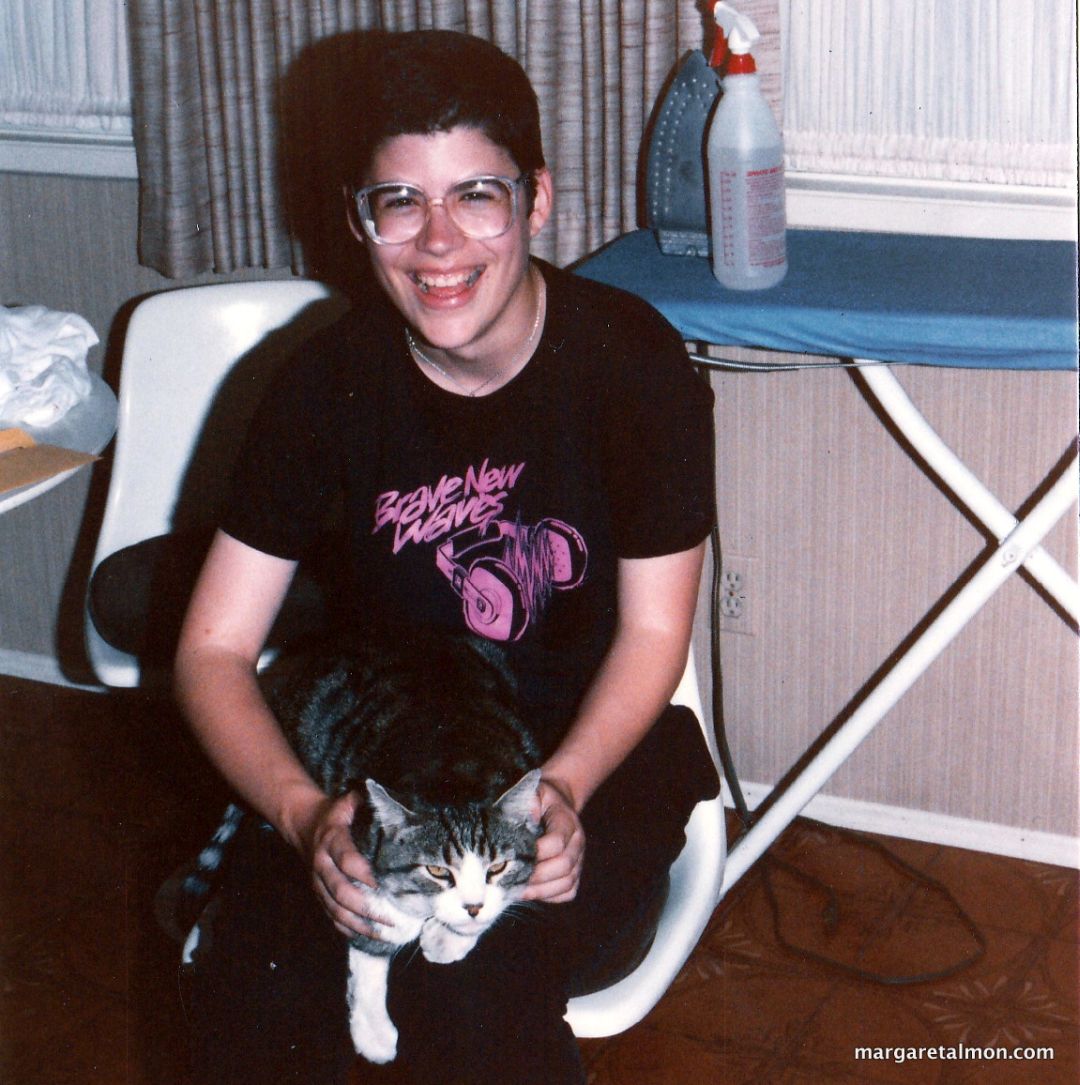It is the first day of the 2013 A to Z Challenge of writing a blog post a day for the the month of April. This my 3rd year of participating in the A to Z and I am writing about places I have lived or love. A is for Alberta, Canada, where I lived until I was 17 years old.
I realized that I didn’t know how Alberta got its name, and discovered it was named for Princess Louise Caroline Alberta(1848-1939), 6th child of Queen Victoria, and Lake Louise was named for her as was the town of Caroline, AB. At one point, there was talk of combining the territories of Alberta and Saskatchewan into one big province named Buffalo, which would have shifted this to the letter B. Princess Louise Caroline Alberta was an artist, and she married(a “subject of the crown”), and did not have any children.
I learned a song about Alberta in the late 1970’s, and we sang along with a loud cassette tape recording, but I can’t remember it’s name. I did find Hey, That’s Alberta, written by Carol Bonham of Delburne, AB, which declares in the liner notes that this was a Provincial Song, an Alberta Anthem, which could spread the fame of Alberta to every corner of the world. Alberta has it’s moments of fame, and enfolded within the name is this Princess I never knew about, who I have more in common with than I would have expected. Alberta, that’s where it’s really at.
